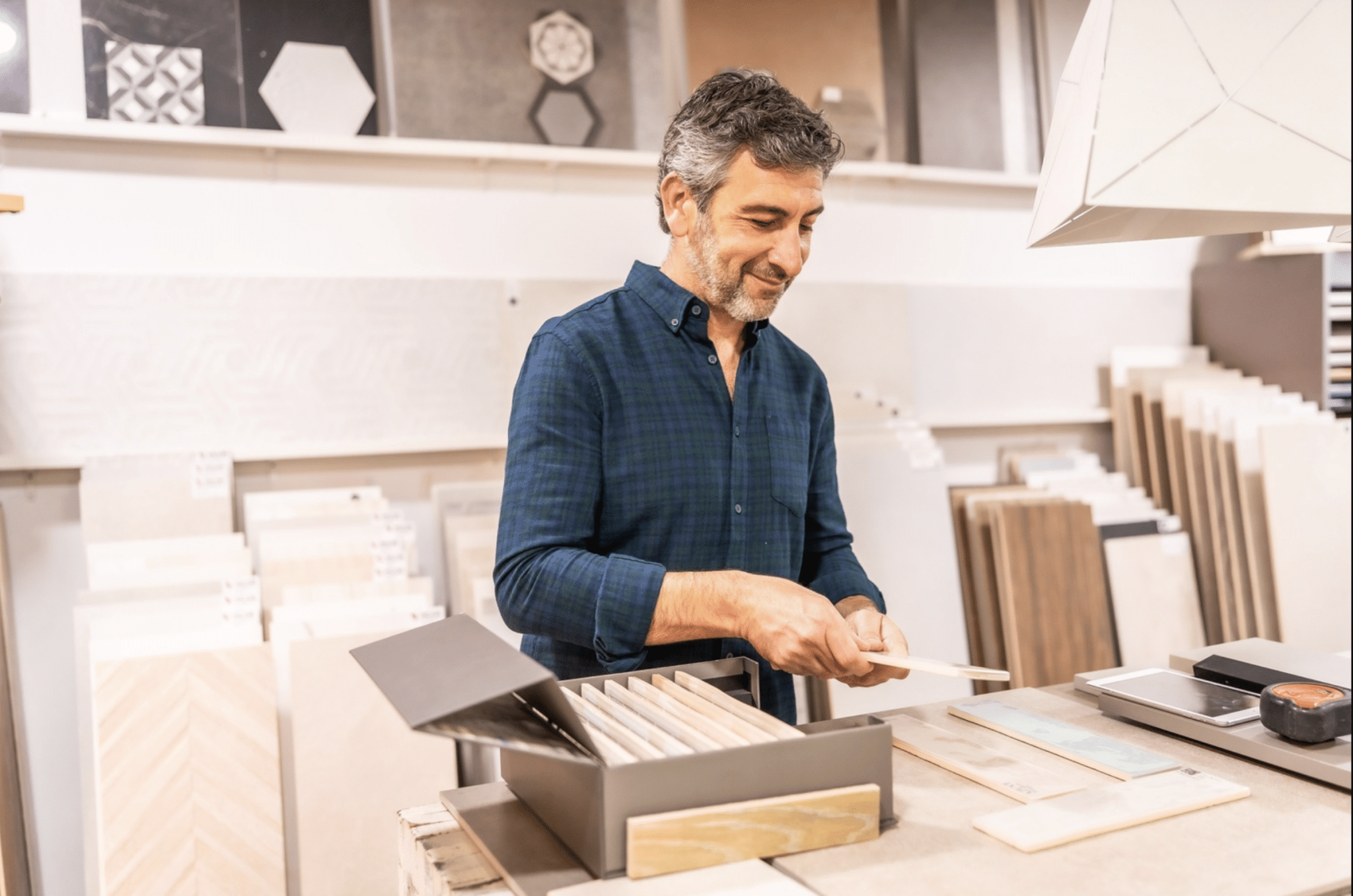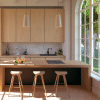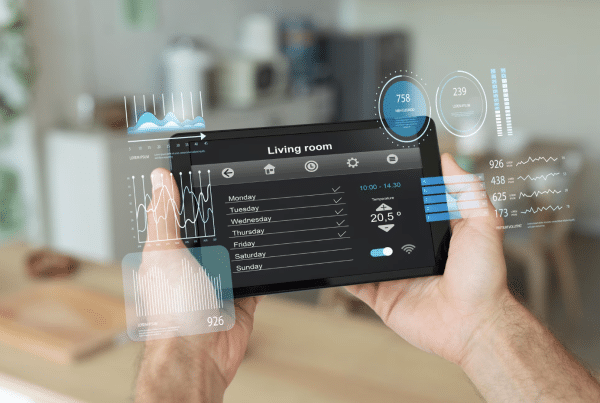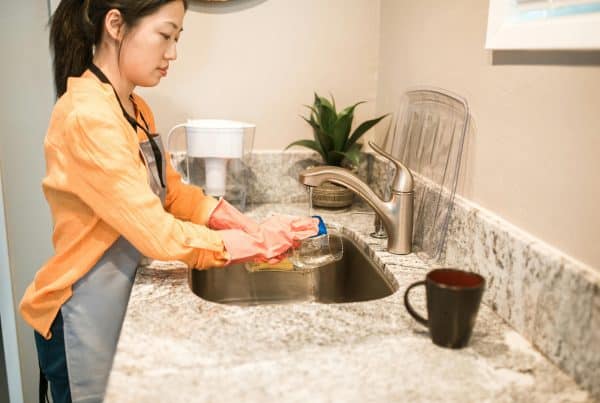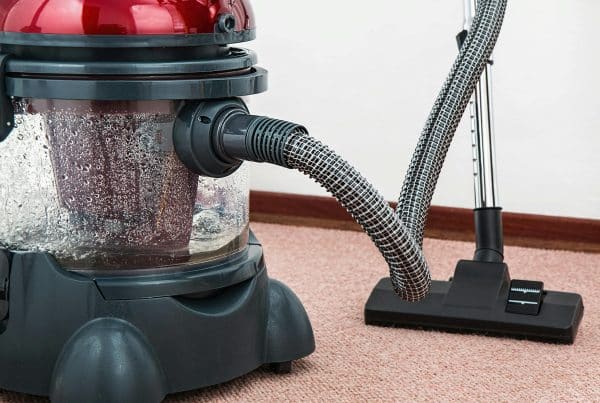Few home updates match the staying power of tile. It’s a practical material that shapes how a bathroom feels, functions, and lasts. Unlike finishes that wear down after a few years, tile handles moisture, impact, and time without losing its integrity. It can lift an older space, refresh surfaces, and even influence how large or calm a room feels. For homeowners planning improvements that hold value, tile remains one of the smartest starting points.
Color and Personality Through Tile
The first decision in most bathroom remodels involves color. The range of bathroom tile colors today stretches from subtle neutrals to saturated tones once reserved for accent pieces. Pale shades can brighten tight rooms and reflect daylight, while richer colors bring depth and definition. Some designers combine soft bases with strong borders to guide the eye across a compact space.
Texture and sheen change how color reads. Glossy glazes reflect light and make walls appear cleaner, while matte surfaces feel calm and modern. Mixed finishes also add balance; glossy walls paired with matte floors reduce glare and improve footing. Patterned tiles, color variation, or even a single vertical stripe of bold tone can make a bathroom feel intentional without becoming busy.
Strength and Longevity
Few materials offer the same combination of resilience and design flexibility as tile. In daily use, porcelain tile withstands scratches and stains better than most flooring materials. It performs well in areas that see constant moisture or heavy foot traffic.
Ceramic tile has slightly higher porosity but offers easy cutting and installation, which can reduce labor costs. Both can last decades when properly installed. Maintenance involves light cleaning: sweeping, mild soap, and a soft cloth. Regrouting every few years keeps joints looking fresh and prevents leaks. For homeowners hoping to avoid frequent repairs, tile remains one of the few surfaces that stays dependable year after year.
Function in Wet Areas
Bathrooms test materials through steam, splashes, and cleaning products. Tile’s moisture resistance gives it an edge in wet environments, where other materials may swell or deteriorate. The right tile material prevents mold and keeps the structure beneath safe.
For shower walls and shower surrounds, dense tiles and properly sealed grout form a strong barrier against constant humidity. In family homes, where multiple showers run daily, this durability prevents long-term damage. Surfaces with honed finishes help reduce slipping on wet floors and create a smoother texture underfoot. The same applies to transition zones, like between a tub and sink area, where water often collects.
Style Range and Surface Variety
Modern tile gives homeowners more creative freedom than ever. Pattern and layout define tone before color even enters the plan. Rectangular shapes lend a classic rhythm, while the hexagon tile introduces geometry that reads clean and contemporary. Large-format pieces minimize grout lines and make compact areas feel open, while smaller mosaics create a handcrafted look.
Materials also vary. Marble tiles bring natural veining and an air of quiet luxury, while natural stone adds earthy variation that makes each piece distinct. Both materials suit a primary bath where design plays a leading role. In contrast, wall tile in a powder room can double as artwork when arranged in contrasting tones or textures. A colorful design keeps the space from feeling predictable.
Budget and Practical Planning
Homeowners often think of tile as expensive, but it adapts well to different price points. Local store prices change depending on brand, country of origin, and finish, yet planning ahead keeps costs manageable. Many mix affordable field tiles with premium accents around mirrors or built-ins. It’s a simple way to add depth without overspending.
Collecting tile samples before purchase helps with real-world comparisons. Light, paint color, and fixture materials can shift how a tile looks in person. Seeing the tile at home, under evening and daylight conditions, avoids surprises after installation.
During layout planning, consider grout width and pattern direction. Even small adjustments, like aligning tile edges with the tub base or window trim, can elevate the result. Careful measurement also minimizes waste, which can matter in larger remodels.
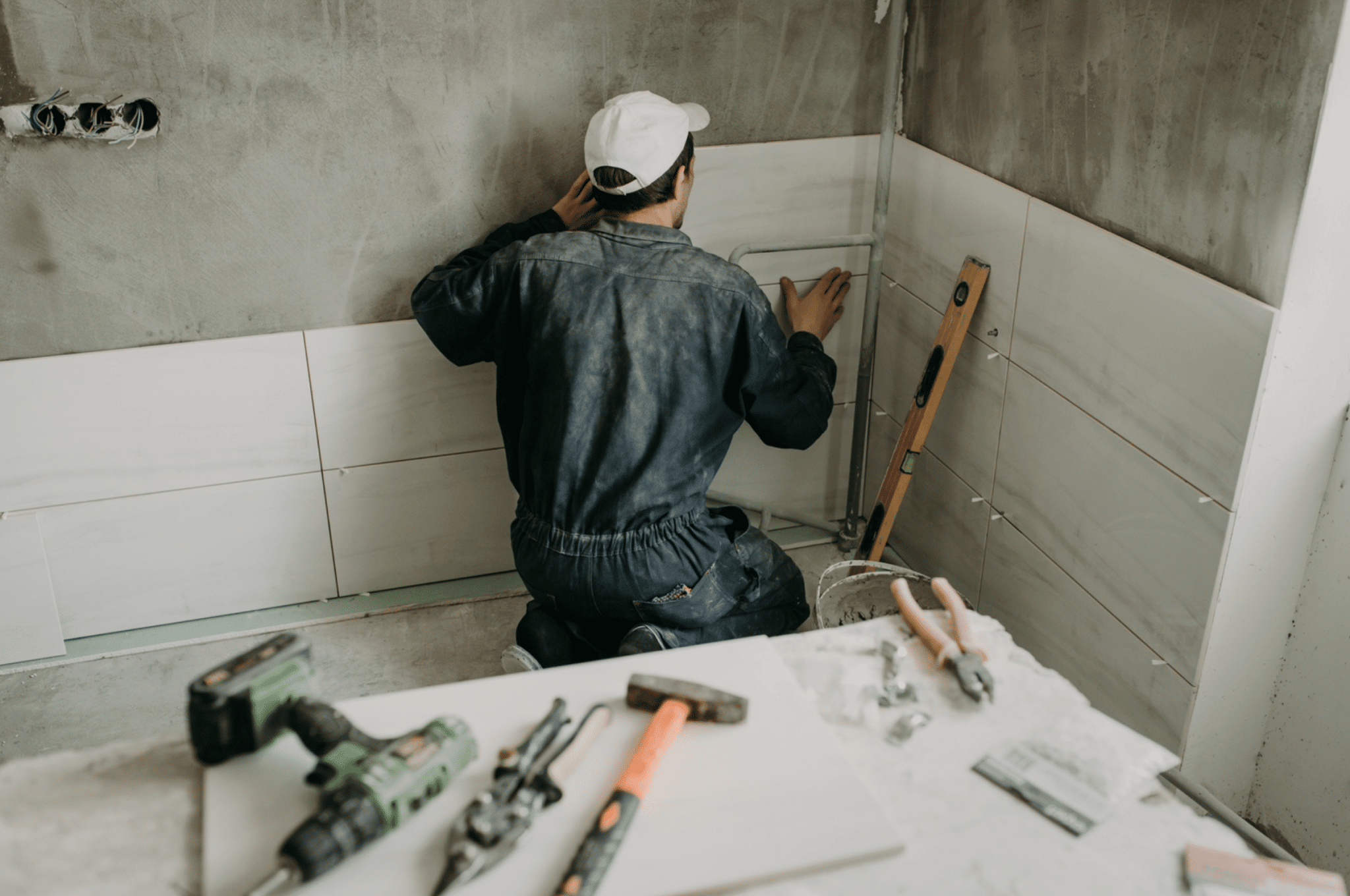
Value in Long-Term Design
Tile serves both aesthetic and structural purposes. A quality installation acts as an extra protective layer, keeping walls and subfloors dry. It doesn’t warp under steam or react to changes in temperature. When combined with proper ventilation, it can extend the lifespan of bathroom fixtures and cabinetry.
During a renovation journey, some homeowners focus on flooring but overlook the benefit of tiled walls. Extending surfaces upward keeps maintenance low and gives the room a finished appearance. Wall tile placed behind sinks or around mirrors guards against water spots and makes cleaning easier.
A timeless tile layout can also help resale value. Future buyers appreciate bathrooms that look clean and require minimal upkeep. Materials like stone, ceramic, or porcelain age gracefully, so refreshing a space years later usually means regrouting or adding new accents rather than starting from scratch.
Conclusion
Tile delivers long-term results for anyone improving a bathroom. It protects against moisture, tolerates wear, and offers design freedom. Its range of colors, textures, and finishes suits nearly any style, from quiet neutrals to artistic patterns. Tile remains a practical upgrade because it satisfies both form and function, keeping maintenance low while adding value to the home.
Whether updating a compact powder room or redoing a spacious primary bath, the right tile can shift how a space feels and performs. It’s one of the few materials that combine everyday usefulness with creative expression, a solid investment that endures as tastes and trends change.

